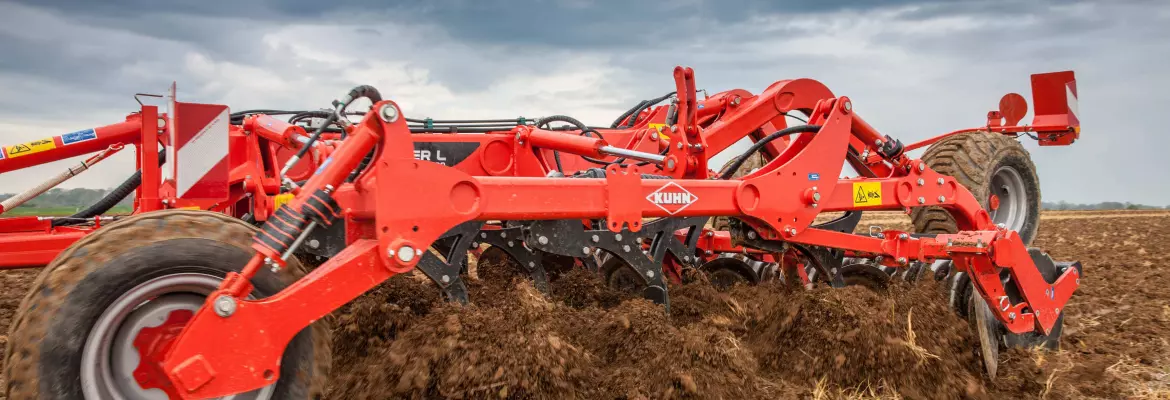
Stubble cultivation provides many agronomic advantages for seedbed preparation such as burying crop residues, keeping weeds under control, managing pests, and improving the structure of the soil.
Decomposing crop residues
Decomposition was the original purpose of stubble cultivation. It consisted in burying and mixing crop residues and stubble into the depths of the soil after the harvest. Stubble cultivation makes the work of the plough easier, if the farmer uses one. If the plough is not used, the stubble cultivator mixes the straw in with the soil. This is even more important with short inter-crop rotations (wheat followed by rapeseed) in order to facilitate planting the following crop.
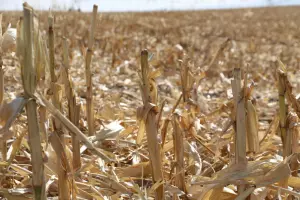
Straw and residues mixed in with the soil are subject to an initial moistening process before the organic matter is mineralised and decomposed.
Good to know: Two passes with a stubble cultivator reduces the amount of straw on the surface threefold.
Weed control
Stubble cultivation is a means of killing weeds and causing their seeds to germinate which brings them to the surface.
In intercropping, successive stubble cultivation just after harvest and before seed set is an effective means of controlling weeds and regrowth from previous crops. It destroys annual weeds before seed production and reduces the seed bank in the soil by stimulating emergence which will be controlled by subsequent passes with a stubble cultivator (mechanical weeding technique).
Concerning perennials, the stubble cultivation technique either pulls up the rhizomes so that they dry out or damages the roots with the tines.
Good to know: Shallow stubble cultivation at a depth of 2cm encourages weed emergence. Deeper stubble cultivation (deeper than 5cm) is more effective on mature weeds.
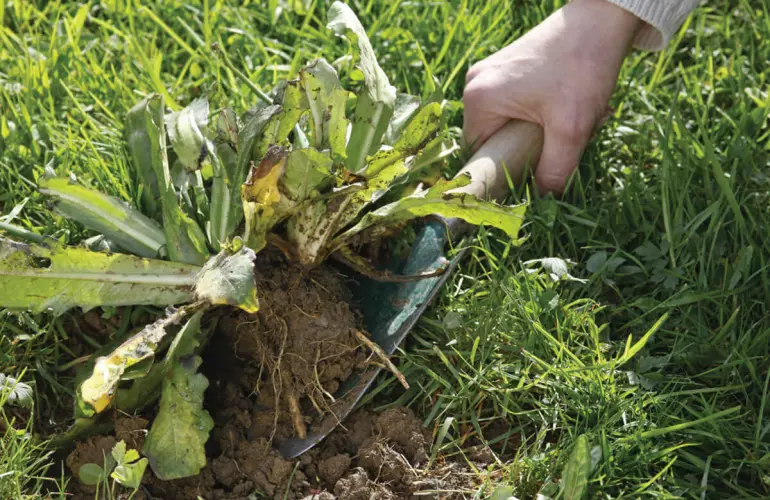
Reducing slugs and other pests
Stubble cultivation is an effective way of controlling slugs. It can eliminate these undesirable pests directly, destroy their food, dry out their biotope, and bring their eggs to the surface to expose them to the sun and destroy them.
If there are a lot of slugs, several passes with a stubble cultivator are recommended. If just one pass is planned, it is preferable to do it immediately after harvesting the previous crop.
This cultivation technique can also contribute to reducing wireworm eggs and larvae.
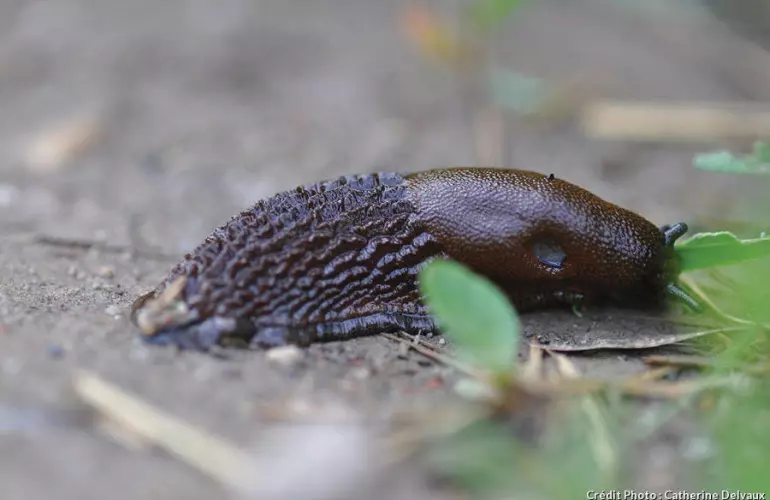
Stubble cultivation restructures and airs the soil
Stubble cultivation improves the structure of the soil and aerates it. A pass with a stubble cultivator (with discs and/or tines) prevents slaking, increases the soil’s water-retention capacity and deeper water infiltration. By disrupting the capillary continuity of the surface soil, stubble cultivation reduces water evaporation from the soil.
In rainy weather, and especially during violent storms, water penetrates into the soil better when the plot has been worked by a stubble cultivator. The tool also partly eliminates the problem of packing caused by harvesting machines.
The soil is thus aerated and supplied with water to boost biodiversity. For farmers, stubble cultivation is a complete cultivation method that prepares the seedbed for the next crop, whether it be a cover crop or a main crop.
Different machines are suitable for farmers’ different requirements and should be chosen according to soil type and weather conditions.
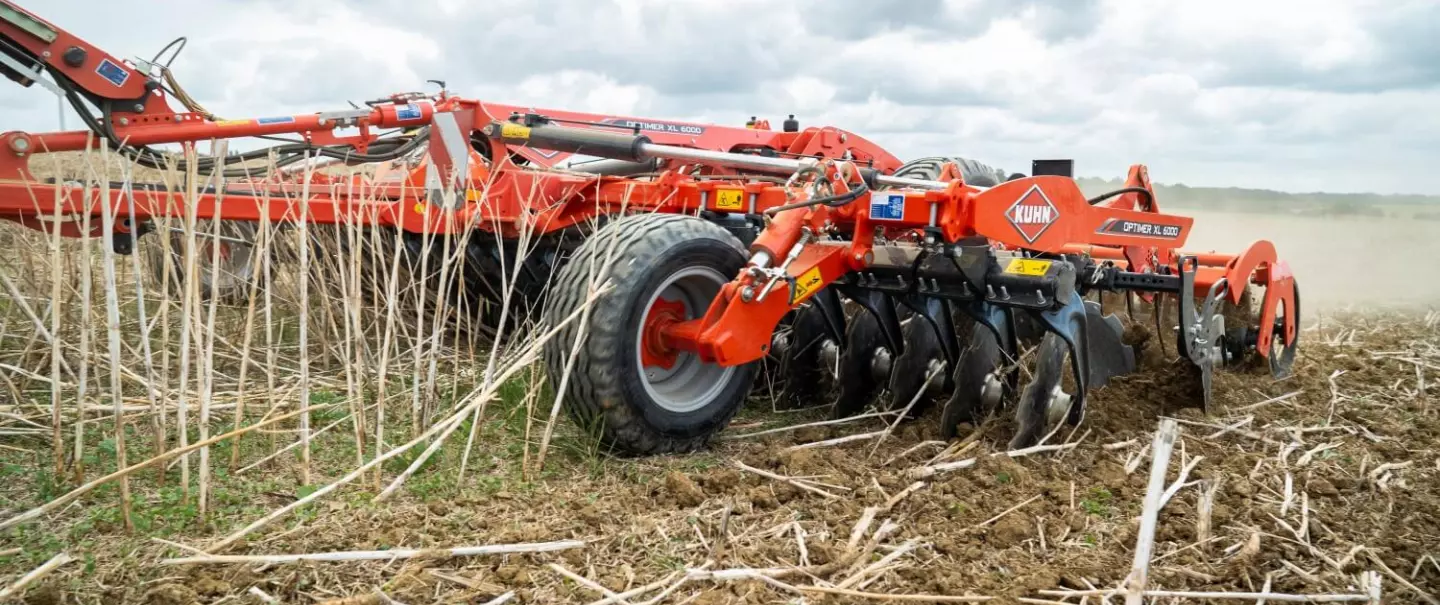
Discover our finest range
for stubble cultivation
Give stubble cultivator a tryDifferent machines are suitable for farmers’ different requirements and should be chosen according to soil type and weather conditions.
